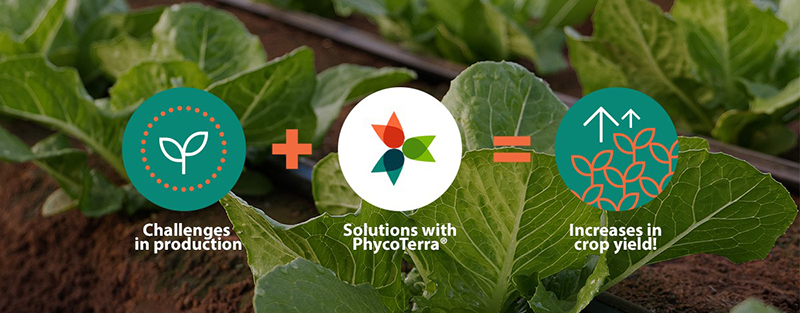DYK? AI Is Learning To Keep an Eye Out for Subpar Strawberries

Looks aren’t everything, but they count for a lot when picking out the best flat of strawberries. Bruised berries get a bad rap and cause many packages of product to be disregarded by consumers and ultimately discarded by retailers. University of Florida researchers are now tapping into artificial intelligence (AI) for a solution and make sure bruised strawberries are spotted before they reach store shelves.
Their system finds bruises by detecting differences in color, shape, and texture between the bruised and healthy parts of the fruit. At least 15% of each strawberry should show bruising before scientists put it in that classification.
The AI has been taught to inspect the fruit, so it takes thousands of images and evaluates them, according to UF/IFAS researchers.

Pictured here is a bruised strawberry as detected by the enhanced artificial intelligence technology developed by UF/IFAS scientists.
Photo courtesy of UF/IFAS
Bruises make strawberries more vulnerable to rot, thus shortening the fruit’s shelflife. Strawberries can get bruised in several ways:
- During harvesting, a strawberry can drop to the ground.
- When they’re packed for shipping, strawberries generally go in clamshell containers. Sometimes, the fruits on top put pressure on the ones at the bottom, creating a compression bruise.
- While they’re being transported on trucks, strawberries might move around and vibrate; therefore, more potential for bruising.
Eventually, growers can use this system in a machine harvester or a strawberry processing line to help inspect strawberries for bruises. It also will save the cost of the labor required to examine the fruit.
Although the research is still preliminary, UF/IFAS scientists feel confident the method will work.
“This AI-enhanced strawberry bruise-detection system can assist growers and improve the quality of strawberries that are sent to the market and maximize the shelflife of fresh strawberries,” says Yiannis Ampatzidis, UF/IFAS Associate Professor of agricultural and biological engineering.
Fun fact: In Florida, farmers grow strawberries on about 11,000 acres, and the fruit conveys a $400 million-a-year economic impact.









